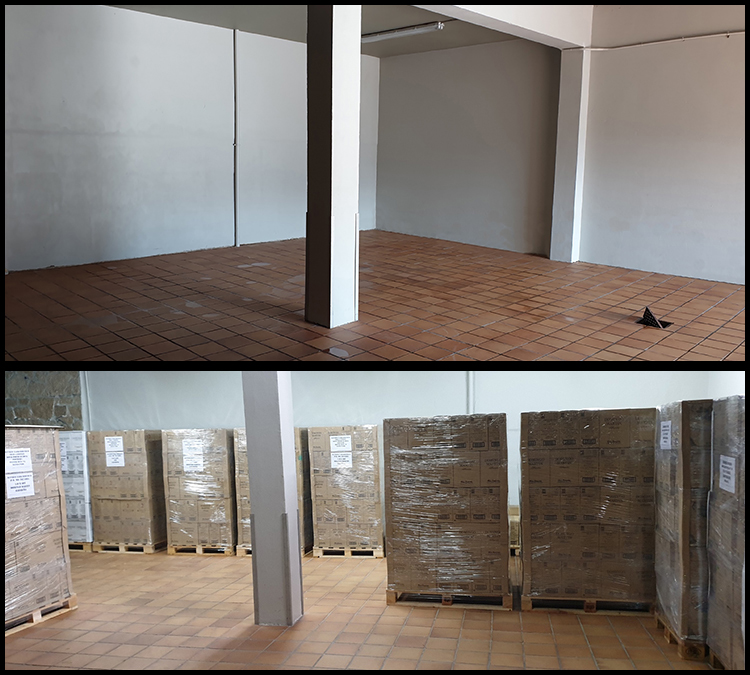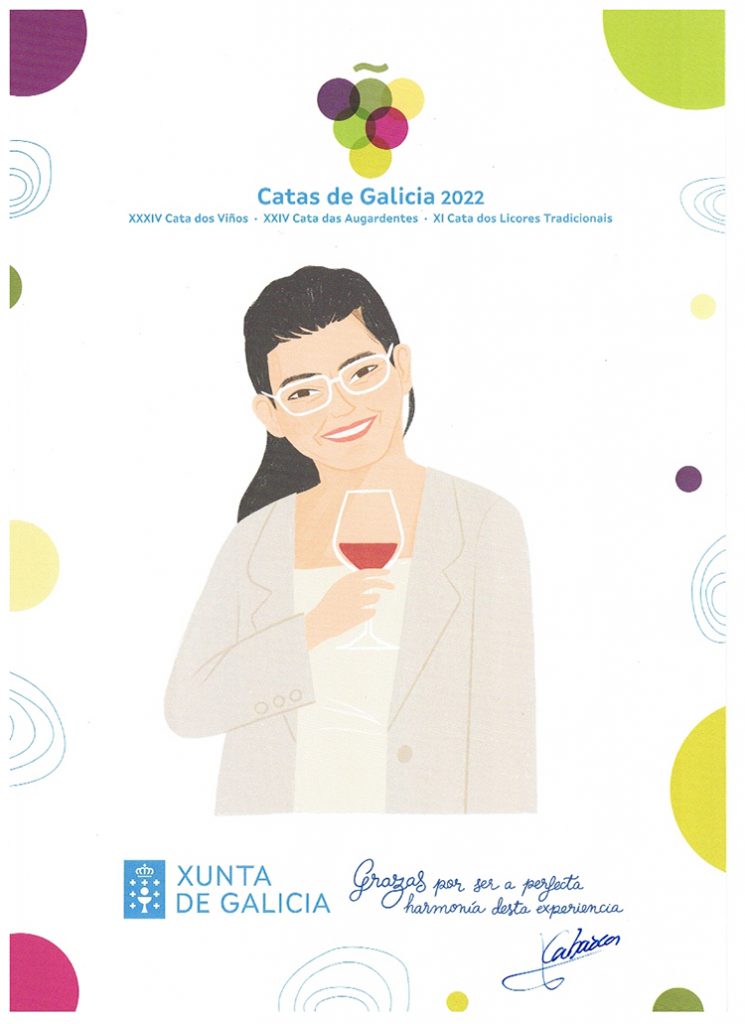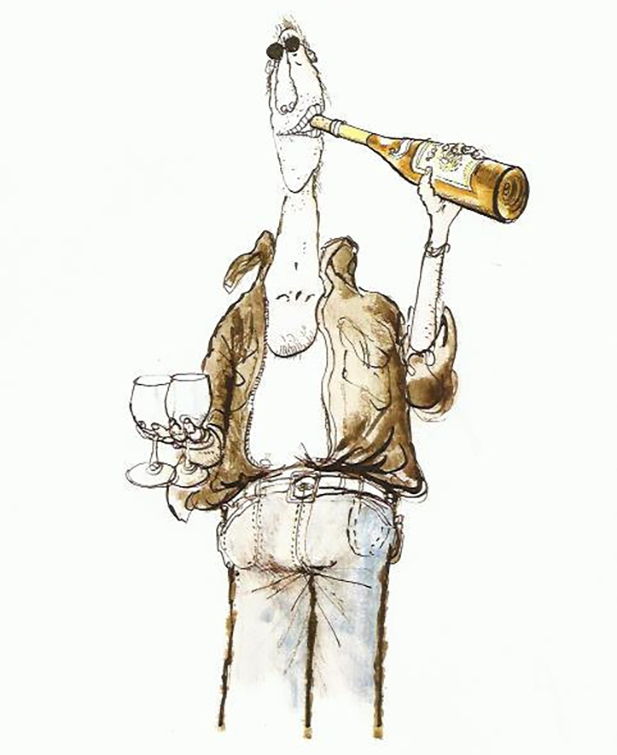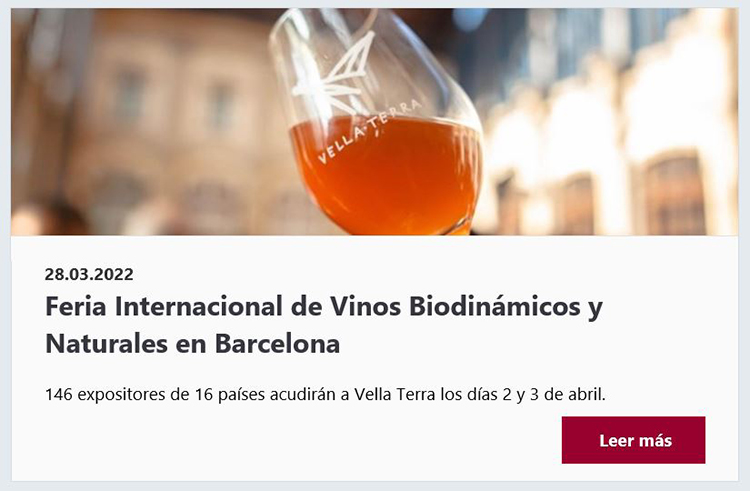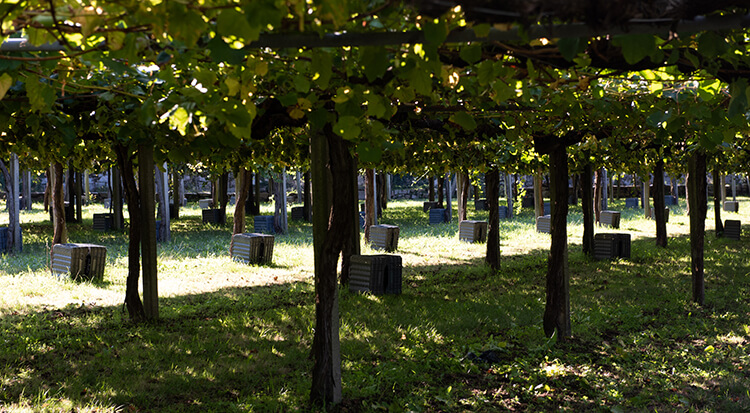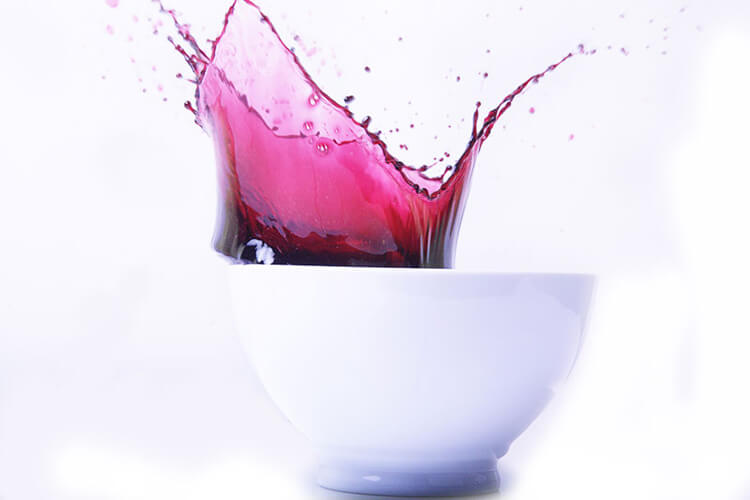Finally….
January 25th, 2023 | Bodega
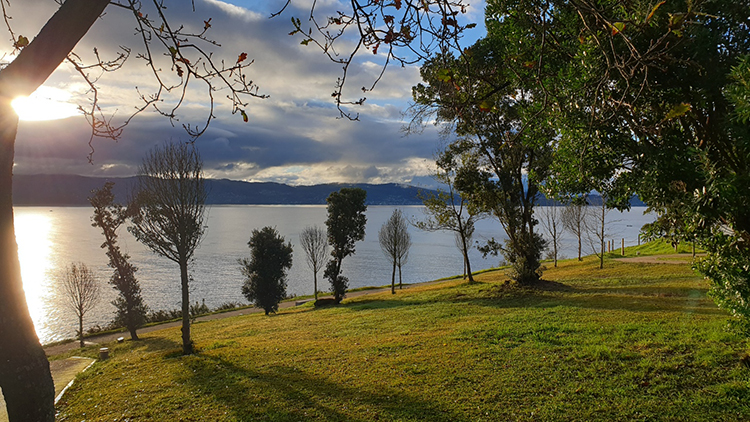
After 2½ months of almost incessant rain, we finally have a break. The last few days have been cold with bright blue sky, and the forecast for the coming days is for more of the same. Although the rainfall has been persistent, we are probably quite lucky that we did not suffer too many extreme downpours that could have caused flooding. (In this respect, I am referring specifically to the Rias Baixas region, as other parts of Spain have not fared quite so well).
Today’s picture shows the Ria of Pontevedra (located about 10km south of our bodega), just as the cloud begins to break and bright sunlight bursts through…. a most welcome sight, especially for our heroic team still working hard on the pruning no matter what the conditions.
Inside the bodega itself there is not too much activity. There has been a very welcome trickle of export orders, especially as January can be a particularly lean month. The 2022 wines themselves are resting quietly on their lees, and our regular tastings still do not disappoint.



